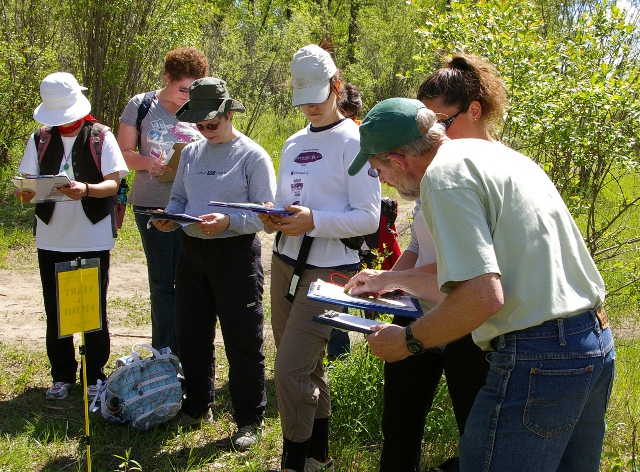

Essential guidance for a safe and enjoyable rainforest adventure
Exploring tropical rainforests is an incredible experience, but it's important to be prepared. Our jungle safety tips will help ensure your adventure is both thrilling and safe. At TropicGo Vacations, your safety is our top priority, and all our guides are trained in wilderness first aid and emergency procedures.

Wear lightweight, long-sleeved shirts and pants to protect from insects and scratches. Choose moisture-wicking fabrics that dry quickly. Your footwear should be sturdy hiking boots with good ankle support and traction. Always bring rain gear, even if rain isn't forecasted. A wide-brimmed hat and UV-protective clothing are recommended. Don't forget insect repellent with DEET and a basic first aid kit.
Drink water frequently, even if you don't feel thirsty - dehydration happens quickly in humid environments. Carry more water than you think you'll need. Use purification tablets or filters for any water sourced in the jungle. Eat regular, energy-rich snacks to maintain stamina. Be cautious with unfamiliar fruits or plants - only consume what your guide approves.
Observe animals from a safe distance - never approach or feed wildlife. Store food securely to avoid attracting animals. Be particularly cautious around snakes (watch where you step/place hands) and insects (check clothing and shoes). At night, use a flashlight to spot eye reflections of nocturnal animals. If you encounter a dangerous animal, remain calm and follow your guide's instructions.
Be prepared for sudden weather changes - tropical storms can develop rapidly. Avoid river crossings during heavy rain due to flash flood risks. Watch for slippery roots and muddy trails. Be cautious near waterfalls and steep drops. Heat exhaustion is a real danger - recognize symptoms (dizziness, nausea, headache) and rest in shade if needed. Leaches are common but harmless - your guide will show safe removal techniques.
Familiarize yourself with emergency signals and procedures before starting your trek. If you get separated from your group, stay in one place and use your whistle to signal (three sharp blasts is the universal distress signal). Carry a small survival kit (whistle, mirror, flashlight, lighter) at all times. Know the location of the nearest medical facilities. In case of serious injury or illness, alert your guide immediately.
Jungle environments present unique health challenges. Being informed and prepared can prevent most issues.
Malaria, dengue, and other insect-borne diseases are risks in tropical areas. Use DEET-based repellent (30-50% concentration) and reapply regularly. Wear permethrin-treated clothing. Sleep under mosquito nets if available. Check for ticks daily. Seek medical attention for any unusual bites or symptoms like fever or rash.
Apply high-SPF, waterproof sunscreen frequently, even on cloudy days. Wear UV-protective clothing and sunglasses. Schedule strenuous activities for cooler morning/evening hours. Recognize signs of heat stroke (confusion, rapid pulse, no sweating) and seek shade and hydration immediately.
Avoid contact with unknown plants - some cause severe skin irritation. Change out of wet clothes promptly to prevent fungal infections. Keep any cuts clean and covered. If you develop a rash or infection, treat it immediately to prevent worsening in the humid environment.
Proper gear can make the difference between an enjoyable adventure and a challenging ordeal. Here's what we recommend:
Now that you're informed about jungle safety, explore our rainforest tours with confidence. Our expert guides prioritize your safety while ensuring an unforgettable experience.